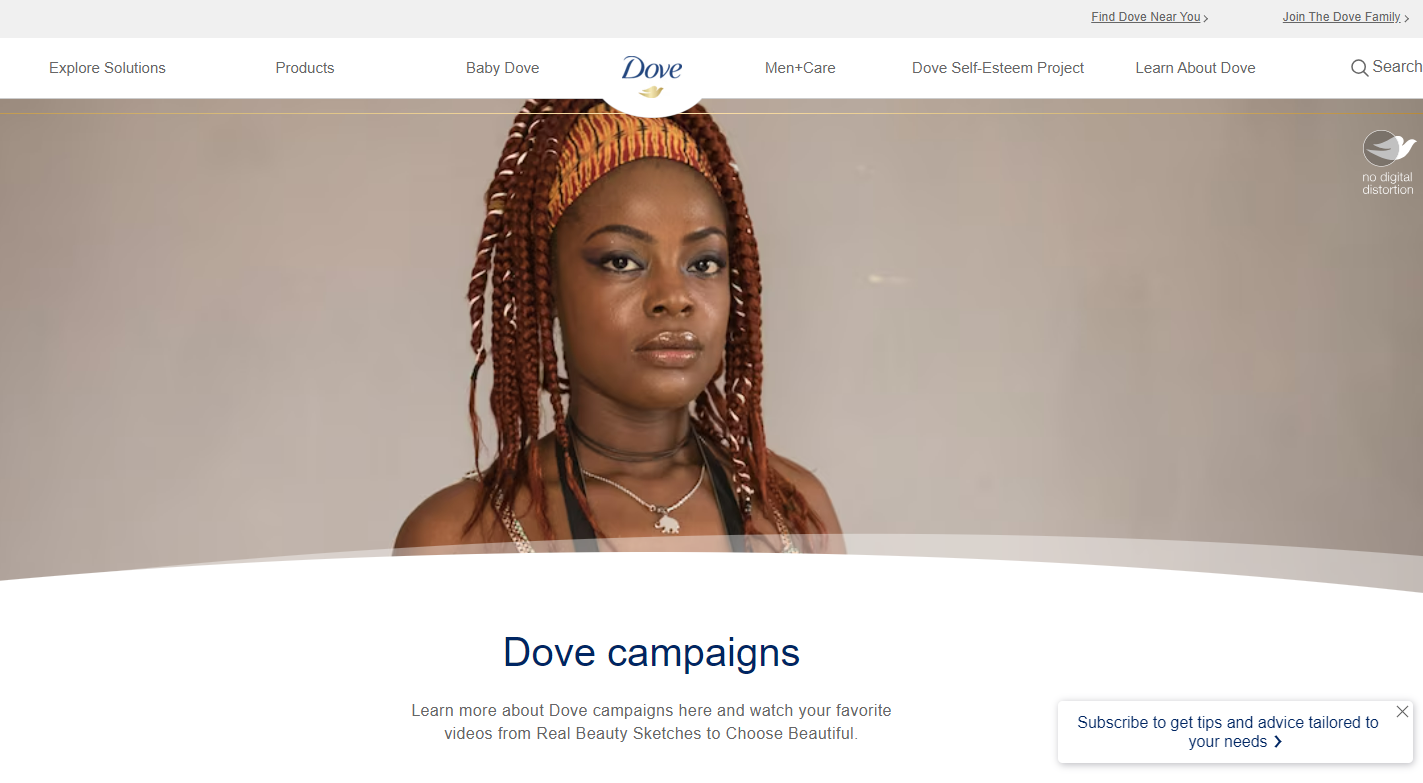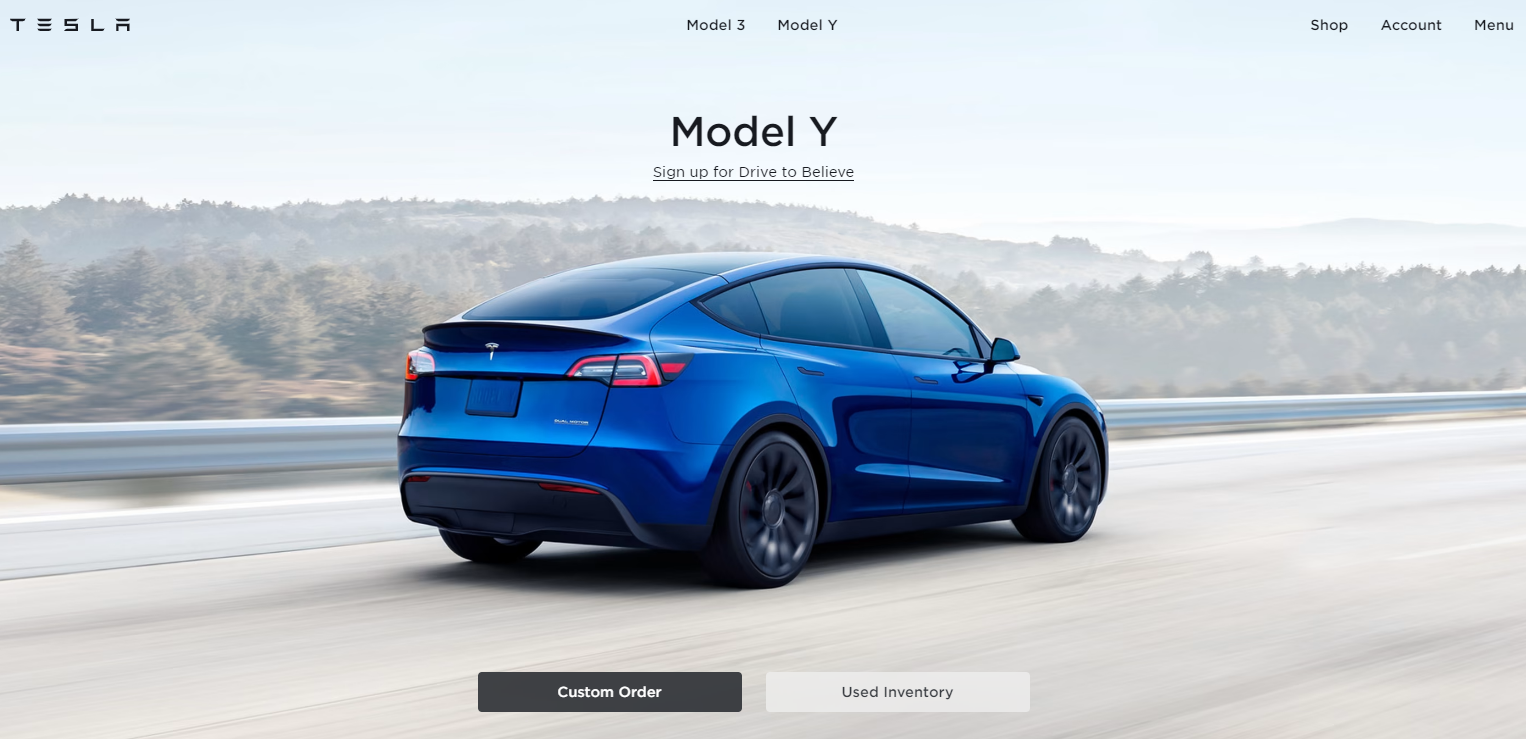A customer promoting a business becomes a brand advocate. Creating a successful customer advocacy marketing campaign is the key to further driving your message and brand.
According to Nielsen’s latest Global Trust in Advertising Report, over 90% of consumers trust earned media, such as a friend and family’s recommendation.
Customer advocacy is a great way to show off how supportive your current customers are and inspire potential customers to choose you as their provider of choice.
With the right strategies, you can take your advocacy marketing efforts even further and see increased customer loyalty, improved brand trustworthiness, and ultimately higher sales – all while promoting positive word-of-mouth about your company. Look at seven effective strategies for creating a successful customer advocacy marketing campaign.
What Is Advocacy Marketing?

Advocacy marketing, or advocate marketing, is an effective and affordable tool to bring more business customers. It is a strategic way for companies to reach their target audience by leveraging existing customers to promote the brand’s products and services. It can be done through social mentions and reviews.
Advocacy marketing relies on loyal customers’ active participation and promotion, which goes beyond traditional word-of-mouth marketing.
Advocacy marketing encourages existing customers to share their experiences and knowledge of the company so that others can learn more about it.
A study has shown that 80% of customers would research the product or service online before buying. In a world full of advertisements, people tend to be skeptical. People trust people who show a good product or service they have been using. This type of marketing is beneficial because it creates trust in the product from potential customers by hearing authentic stories and feedback from real users.
Advocacy Marketing Is Vital: Why Do Businesses Need It?

Customers want to know the brand they invest in, and advocates are great sources for leads and prospective customers. But customers don’t become an endorser by just getting discounts. 70% of customers leave a product or service review when asked. That’s why businesses must have people talk.
Advocacy marketing keeps the brand relevant to its niche, drives more sales, attracts clients/customers, and generates leads.
Relevance
Advocacy campaigns help take customer engagement to the next level. Customers who feel their opinion matters are likelier to stick with a brand and pass on positive word-of-mouth advertising. In addition, advocacy marketing helps keep brands relevant in their niche, as customers’ feedback and opinions can provide invaluable insights for product or service development.
Sales
When customers become advocates for a brand, they’re likely to buy the products or services offered by that company. They may even encourage other people to do the same, increasing sales and revenue.
Attract Clients/Customers
When potential customers see that existing customers are passionate about a product or service, it can make them more likely to try it out. It can create an influx of new clients and customers, further boosting sales and revenue for the company.
Lead Generation
Advocacy campaigns can also be used for lead generation. By engaging potential customers, companies can build up their database of leads and use the data to generate more sales. It is great for targeting people with the right message, leading to a higher conversion rate.
Before getting into the seven strategies, it is important to understand how customer advocacy marketing works.
Understanding ‘Customer’ Advocacy Marketing
Customer advocacy marketing transforms loyal customers into advocates of a brand. Whether it’s a referral, social post or product review, it has the potential to create great revenue and a positive brand image.
Who are ‘Advocates’?
Advocates are the most important people who can promote and endorse a company’s brand, products, or services to ensure its long-term success.
They are invaluable to businesses since they can leverage their relationship with a company to educate, engage, and influence other potential customers. They provide an extra layer of credibility to the brand because it is clear that these people have already experienced the product or service firsthand and are willing to vouch for its quality. It helps to build trust among potential customers.
By engaging customers as advocates, businesses can create an effective customer advocacy marketing strategy that provides numerous benefits. It helps increase brand visibility, strengthens customer relationships, and unlocks potential new markets for the business. Businesses can establish and maintain a successful presence in the competitive marketplace with a strong customer advocacy strategy.
The “Domino Effect” of Customer Advocacy Marketing

When customers become advocates, they willingly provide honest feedback about their experience with the company’s product or service. These advocates often share their positive experiences online with friends, family, and others in their network.
By getting customers to talk positively about a brand and recommend it to their friends and family, the business can gain the trust of potential buyers who may have never heard of them. This “domino effect” makes advocacy marketing an effective tool for businesses.
7 Strategies for your Advocacy Marketing Campaigns
Advocacy marketing is a powerful tool that helps you increase brand awareness, reach more potential customers, and create customer loyalty among your existing customers.
To make the most of your advocacy marketing campaigns, remember seven key strategies.
1) Setting Realistic Goals for Your Campaign
Before you embark on an advocacy marketing campaign, setting measurable and achievable objectives is important. Goals should be SMART:
- Specific
- Measurable
- Achievable
- Relevant
- Time-bound
Consider setting goals that can be broken down into smaller steps or milestones for the best results.
2) Make Sure Your Product or Service Is Top-Notch
One of the most important elements of an effective advocacy marketing campaign is ensuring that your product or service meets customer expectations. Quality products and services are essential for encouraging customers to become advocates, so ensure you provide a superior offering.
3) Identify and Engage with Your Brand Advocates

You need to identify and engage with your brand advocates to get the most out of your advocacy marketing campaign. Use customer feedback surveys, social media reviews, and other methods to pinpoint people who could become vocal supporters of your brand.
Cultivate relationships with these customers for them to have a personal connection with the brand. Then, engage with these customers by making them participate in events, have their input on a product and share experiences with the brand. You can implement referral programs or incentives for them to become brand advocates.
4) Use Multiple Modalities to Engage a Wide Audience
Utilize multiple modalities to engage a wide audience. It can be through social media, email marketing, direct mailers, and other channels for maximum impact. Enhance your outreach strategies by adopting cutting-edge technologies that streamline contact discovery, enabling you to personalize your messages for better results.
5) Give Your Customers a Voice
Customer feedback is invaluable to your advocacy marketing campaigns, so give customers a chance to share their experiences. Showcase customer testimonials or success stories on social media and other platforms to encourage more people to engage with your brand, just like this pet insurance website, which features authentic stories of how their services have benefited their customers’ pets.
6) Design Your Messaging Plan for Your Prospect Advocates
To convert prospects successfully into advocates, you need to craft targeted messages that resonate with them. The message should be authentic. Focus on highlighting the unique value of your product or service and how it can help solve customer challenges – this will make them more likely to take action.
7) Assess the Performance of Your Advocacy Campaign
Tracking and measuring the success of your advocacy campaigns is essential for identifying areas of improvement. Use key metrics such as conversion rates, customer engagement, and referrals on social media to evaluate your progress. Regularly assess these metrics and adjust your strategies to achieve optimal results.
Also, use trends that are relevant to your business. Customers will likely support it if it relates to people’s interests and experiences.
Businesses That Employed Advocacy Marketing Effectively
Airbnb

Airbnb tops the global ranking with the highest proportion of recommendations to a friend or family member. It is one of the most successful companies that has used advocacy marketing to its advantage.
They have created a highly engaged community of hosts and guests who advocate for their brand on social media, online reviews sites, and in person. This type of grassroots marketing has enabled them to scale quickly and reach millions of potential customers worldwide.
Unilever

Unilever has had great success with advocacy marketing. Their Dove brand created the “Real Beauty” campaign, which empowered women to celebrate their beauty without comparing themselves to others. This messaging resonated with many consumers and helped them increase their market share in the beauty industry.
Tesla

Tesla offers referral packages for existing customers and has created an open platform where anyone can share their experiences and opinions about the brand. This type of peer-to-peer marketing allows Tesla to tap into a much larger audience than traditional advertising methods could ever reach.
With hundreds of thousands of people advocating for their products, Tesla has become one of the world’s most successful electric car companies.
Starbucks

Starbucks is another example of a major brand that has successfully employed advocacy marketing. They launched their “Tweet-a-Coffee” campaign, which allowed customers to send virtual gift cards via Twitter.
It generated enormous word-of-mouth advertising and significantly increased the company’s customer base.
Final Thoughts: Leverage the Power of Existing Customer Advocates
Through advocacy marketing, businesses can drive more sales, boost customer loyalty, and grow their brand. Leveraging existing customer advocates is one of the most effective strategies for growing your business.
By engaging with customers and encouraging them to share their experiences, you can create powerful word-of-mouth advertising to reach a wider audience. It will not only help you increase brand awareness but also lead to increased loyalty and customer retention rates.








